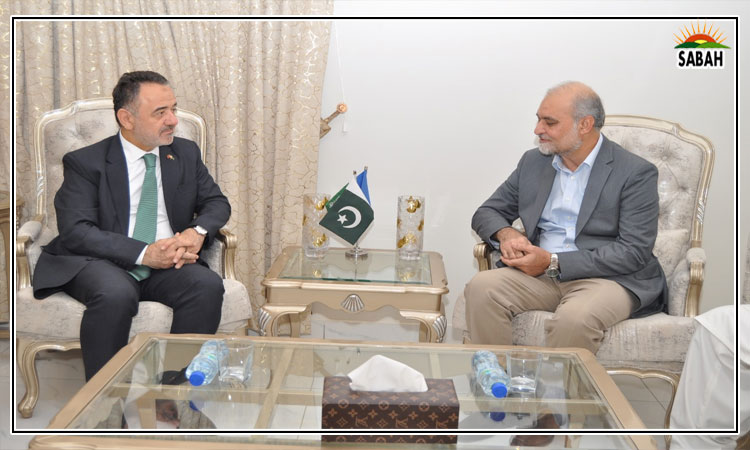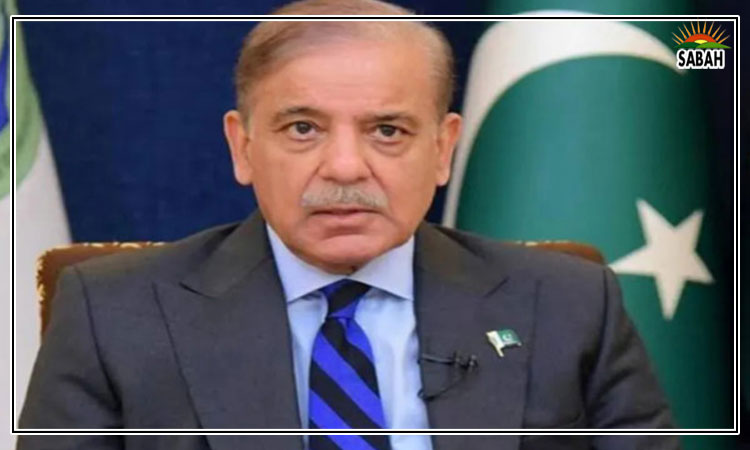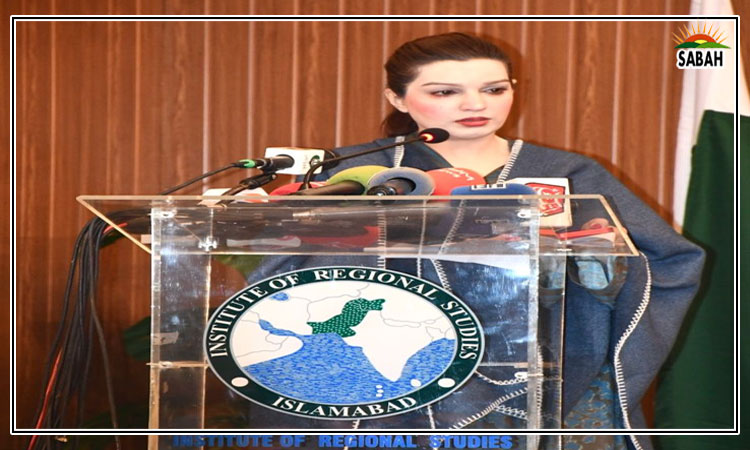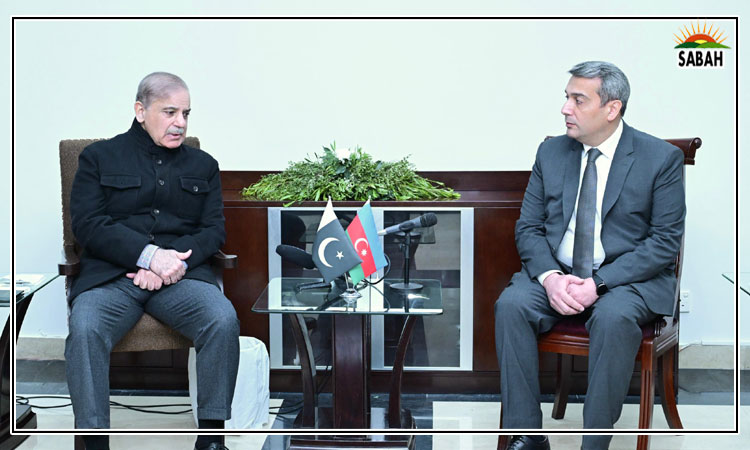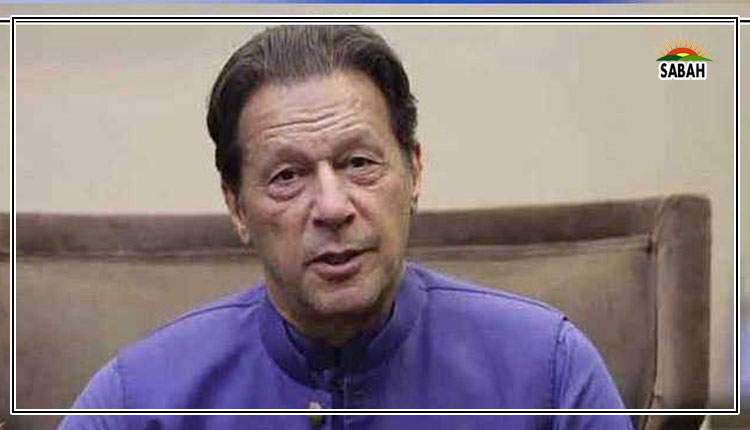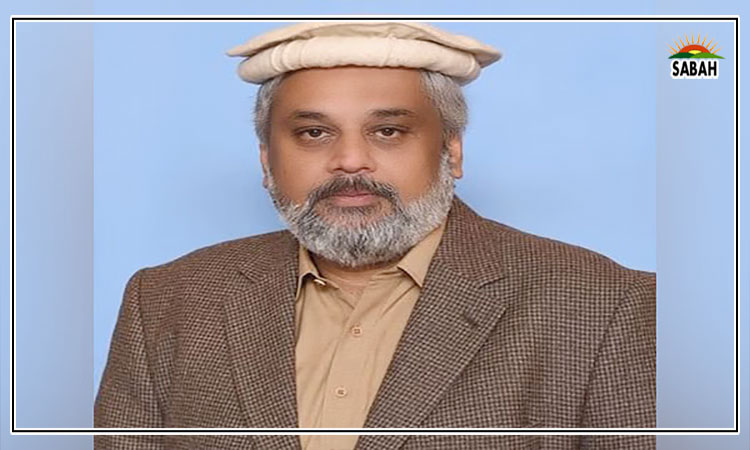The war goes on… S Qaisar Shareef
The Nato member summit has just concluded in Vilnius, Lithuania. This was the first meeting since Finland was admitted to the alliance. After blocking the entry of Sweden, Turkey finally relented, and Sweden is expected to join later this year, bringing the total number of member countries to 32.
As expected, the war in Ukraine was the primary topic of discussion, hence Ukrainian President Volodymyr Zelensky was an invited guest. Despite pressure from Zelensky, Ukraine was not invited to formally join the alliance. The Nato charter requires all member countries to come to the defence of any member country that is attacked. Considering the ongoing invasion by Russia, US President Biden astutely rejected Ukraines pleas for immediate membership, saying This would bring us into a direct war with Russia, something we want to avoid.
At the same time, the US and other Nato member countries repeated their commitment to help Ukraine defend itself against Russian aggression, as long as it takes. Ukraine can continue to expect large amounts of military aid funded by the US and Western Europe to fight for their survival. But not much more.
This war has created a complex situation for the West, which cannot accept an effort to change the borders of a European country by military force. Yet, directly entering a war with a nuclear armed superpower could be a recipe for a serious disaster for all.
The war has now gone on for over 500 days. In the early days of the war, US Defense Secretary Lloyd Austin asserted a US goal of leaving Russia greatly weakened. Not much was said about exactly how that would happen. And in fact, what does it mean to try and greatly weaken a country, even a declining power, with thousands of nuclear warheads?
In the meantime, the eastern Donbas region of Ukraine, occupied by Russia, has been largely turned into rubble. The occupation and destruction of Mariupol by Russian forces has created a land corridor between Russian territory, Donbas and Crimea, the peninsula Russia annexed in 2014.
It is becoming increasingly difficult to imagine a scenario where Ukraine is able to regain all of its lost territory. Russian President Putin is unlikely to agree, having bet so much of his power and prestige on this war even if it doesnt appear to be going according to initial Russian calculation. Ukraine on the other hand is facing a serious risk of becoming a rump, or a landlocked state for all practical purposes.
Sadly, for all supporters of Ukraine, the recently launched, long-awaited Ukrainian counteroffensive does not appear to be making a meaningful difference on the ground. The fact that the US has just started to ship cluster bombs to Ukraine appears to be somewhat desperate. This is ammunition that over 100 countries have pledged never to use, due to the threat they pose to civilians in a post-war scenario.
There is a high risk the war may grind down to a stalemate an outcome Russia may be willing to live with, but that can hardly be acceptable to the people and leaders of Ukraine.
In a war of attrition, the larger side has better chances of waiting out its opponents. With the help of large trading partners China and India – Russia has managed to blunt the impact of Western economic sanctions.
It is now time for the Ukrainian leadership to start thinking about what they are willing to accept. The US and Europe may be willing to provide arms and ammunition until little is left to defend. While the Ukrainian people have a centuries-long proud history, the realities on the ground may force a bleak reassessment.
This is also a moment of truth for the rest of the world. Putins aggression has united and strengthened Nato, more than it has been in decades. Biden must get much credit for uniting the alliance and creating a front that no future enemies may want to breach.
There are also learnings when it comes to the future of other such discords in Asia. Commitments to help defend a country against a determined larger neighbor may not actually protect them. Ukraine has lost 20-30 per cent of its population to forced migration since the beginning of the invasion.
Courtesy The News


